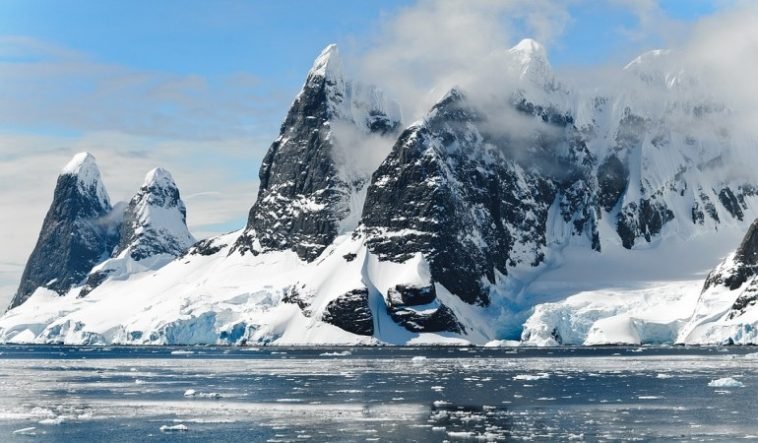Scientists in Canada wanted to look into how climate change might affect spillover risk by examining samples from Lake Hazen’s arctic landscape.It is the world’s largest lake entirely north of the Arctic Circle, and it “was truly unlike any other place I’ve been,” according to researcher Graham Colby, now a medical student at the University of Toronto.
The team sampled soil that becomes a riverbed for melted glacier water in the northern summer, as well as the lake bed itself, which required clearing snow and drilling through two metres of ice. According to Aris-Brosou, the analysis discovered pronounced differences between viruses and hosts in the lake bed, “which is directly correlated to the risk of spillover.
“The researchers hypothesis that the difference was less pronounced in riverbeds because water erodes the topsoil, removing organisms and limiting interactions between May, when the research was conducted.Instead, they wash into the lake, which has undergone “dramatic change” in recent years as melting glaciers deposit more sediment, according to the study.”That will bring together hosts and viruses that would not normally encounter each other,” Lemieux explained.
The study’s authors, who published their findings in the journal Proceedings of the Royal Society B: Biological Sciences, caution that they are not predicting a spillover or a pandemic.They also warn that more research is needed to determine how large the difference between viruses and hosts must be in order to cause serious spillover risk.


